Episodes
Episodes
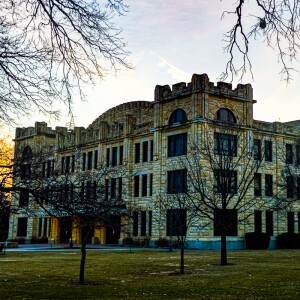


Friday May 05, 2023
FHSU President’s Innovation Grants announced
Friday May 05, 2023
Friday May 05, 2023
On this episode of the Post Podcast Fort Hays State University President Tisa Mason and chief communication officer, Scott Cason discuss the President's Innovation Grants.
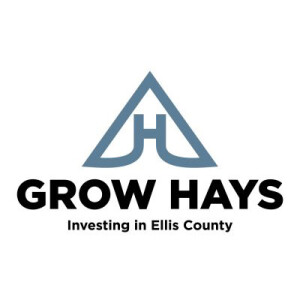


Friday May 05, 2023
Grow Hays 2022 annual report out now
Friday May 05, 2023
Friday May 05, 2023
On this episode of the Post Podcast Grow Hays executive director Doug Williams discusses the Grow Hays 2022 Annual Report.



Tuesday May 02, 2023
Grow Hays Pitch It event generates entrepreneurial ideas
Tuesday May 02, 2023
Tuesday May 02, 2023
On this episode of the Post Podcast Grow Hays executive director Doug Williams discusses the recent Pitch It event and the effect of entrepreneurship in northwest Kansas.



Friday Apr 28, 2023
FHSU Music and Theater wraps year with a week of events
Friday Apr 28, 2023
Friday Apr 28, 2023
On this episode of the Post Podcast Fort Hays State University's director of choral activities, Terry Crull, discusses upcoming FHSU performances.



Friday Apr 28, 2023
Forward Ever: Ellis Co. Historical Society director Amanda Rupp
Friday Apr 28, 2023
Friday Apr 28, 2023
On this episode of Forward Ever: Leading in Challenging Times host Gary Shorman speaks with Ellis County Historical Society executive director Amanda Rupp.
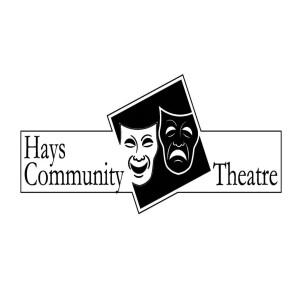


Wednesday Apr 26, 2023
Hays Community Theatre set to perform Shakespeare’s Comedy of Errors April 27-29
Wednesday Apr 26, 2023
Wednesday Apr 26, 2023
On this episode of the Post Podcast Hays Community Theatre's Comedy of Errors director Adam Conkey shares details of the upcoming performance.



Tuesday Apr 25, 2023
Hays Art Council’s Spring Art Walk returns for full day event April 29
Tuesday Apr 25, 2023
Tuesday Apr 25, 2023
On this episode of the Post Podcast, Hays Arts Council executive director Brenda Meder shares details from the upcoming Spring Art Walk.
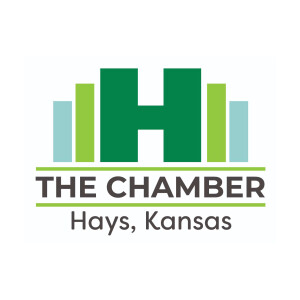


Monday Apr 24, 2023
First Care expands in downtown Hays; supports Chamber auction
Monday Apr 24, 2023
Monday Apr 24, 2023
On this episode of the Post Podcast First Care Clinic CEO Eric Flax and Hays Chamber CEO Sarah Wasinger discuss First Care, their expansion efforts and sponsorship of the upcoming Chamber auction.
Related stories:
First Care Clinic announces new chief executive officer
First Care Clinic acquires Hess Clinic
First Care to open pharmacy, express care in downtown Hays



Friday Apr 21, 2023
A guide to Vitamin D
Friday Apr 21, 2023
Friday Apr 21, 2023
On this episode of the Post Podcast Fort Hays State University, Jessica Phelan discusses the importance of Vitamin D.



Friday Apr 21, 2023
Area governments work to increase economic development
Friday Apr 21, 2023
Friday Apr 21, 2023
On this episode of the Post Podcast Grow Hays executive director, Doug Williams shares information about local governments as economic drivers.



Thursday Apr 20, 2023
Forward Ever: K-State Meteorologist Chip Redman
Thursday Apr 20, 2023
Thursday Apr 20, 2023
On this episode of Forward Ever: Leading in Challenging Times, host Gary Shorman speaks with Kansas State University Meteorologist Chip Redman.



Thursday Apr 20, 2023
Stay safe during severe weather with these tips
Thursday Apr 20, 2023
Thursday Apr 20, 2023
On this episode of the Post Podcast, Ellis County Emergency Manager Lyle Pantle shares severe weather safety information.



Thursday Apr 20, 2023
USD 489 Virtual School readies for graduation
Thursday Apr 20, 2023
Thursday Apr 20, 2023
On this episode of the Post Podcast USD 489 Hays Virtual School Director Olivia Rice shares details from their upcoming graduation.



Wednesday Apr 19, 2023
Iconic Shakespeare play gets Art Deco treatment during TMP-M spring production
Wednesday Apr 19, 2023
Wednesday Apr 19, 2023
On this episode of the Post Podcast Thomas More Prep-Marian English, Drama, Debate & Forensics Instructor Travis Grizzell, discusses the upcoming production of A Midsummer Night's Dream.
Read the story at Hays Post.



Wednesday Apr 19, 2023
FHSU Rodeo moves to new location for annual event
Wednesday Apr 19, 2023
Wednesday Apr 19, 2023
On this episode of the Post Podcast Fort Hays State University Rodeo team members Morgan Kessler and Kayler Getz discuss the upcoming FHSU Rodeo, set for April 20-22.
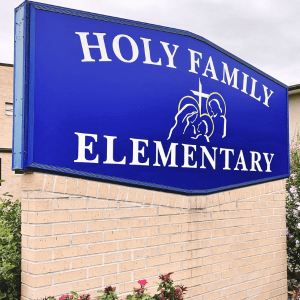


Tuesday Apr 18, 2023
Holy Family Elementary selects Ellis Co. Famous Figures participants
Tuesday Apr 18, 2023
Tuesday Apr 18, 2023
On this episode of the Post Podcast, Holy Family Elementary Fifth Grade teacher Chris Dinkel discusses the annual Ellis County Famous Figures program with the school's final competition selections, Hannah Flax, Madelynne Corsair, Myka Schoepf and Weston Unrein.



Monday Apr 17, 2023
Leadership Hays helps connect area business and community
Monday Apr 17, 2023
Monday Apr 17, 2023
On this episode of the Post Podcast Hays Chamber vice president of marketing and communications Mariah Legleiter and owner of Legleiter Insurance Devin Legleiter share information from the Kansas Leadership Center's ongoing Leadership Hays 2023.
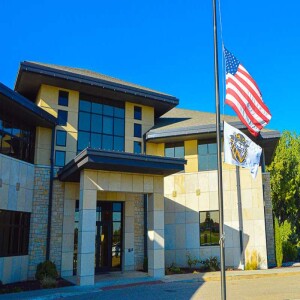


Monday Apr 17, 2023
FHSU Giving Day set for Tuesday
Monday Apr 17, 2023
Monday Apr 17, 2023
On this episode of the Post Podcast Fort Hays State University alumni engagement strategist Carolyn Tatro shares information about the John Heinrichs Scholarly and Creative Activity Days and the Day of Giving.



Friday Apr 14, 2023
Friday Apr 14, 2023
On this episode of the Post Podcast Grow Hays executive director Doug Williams discuss the Heart of America Development Corp.



Friday Apr 14, 2023
Jonathan Foster to perform in Hays April 21
Friday Apr 14, 2023
Friday Apr 14, 2023
On this episode of the Post Podcast Jonathan Foster discuss his music and upcoming Hays performance with The KAYS Morning Blend host Jeff Leiker.

Hays radio - online
The Post Podcast, now in its third year, began as a way to disseminate radio interviews from the Eagle Morning Show on 94.3 FM/1400 AM KAYS.
Today it has grown into its own product, featuring local and regional government officials, business leaders and interesting stories from Ellis County and beyond.
New episodes are released every weekday, following the Eagle Morning Show on KAYS from 7 a.m. to 11 a.m.
Find and follow us on social media and Hays Post.
Thanks for listening!










